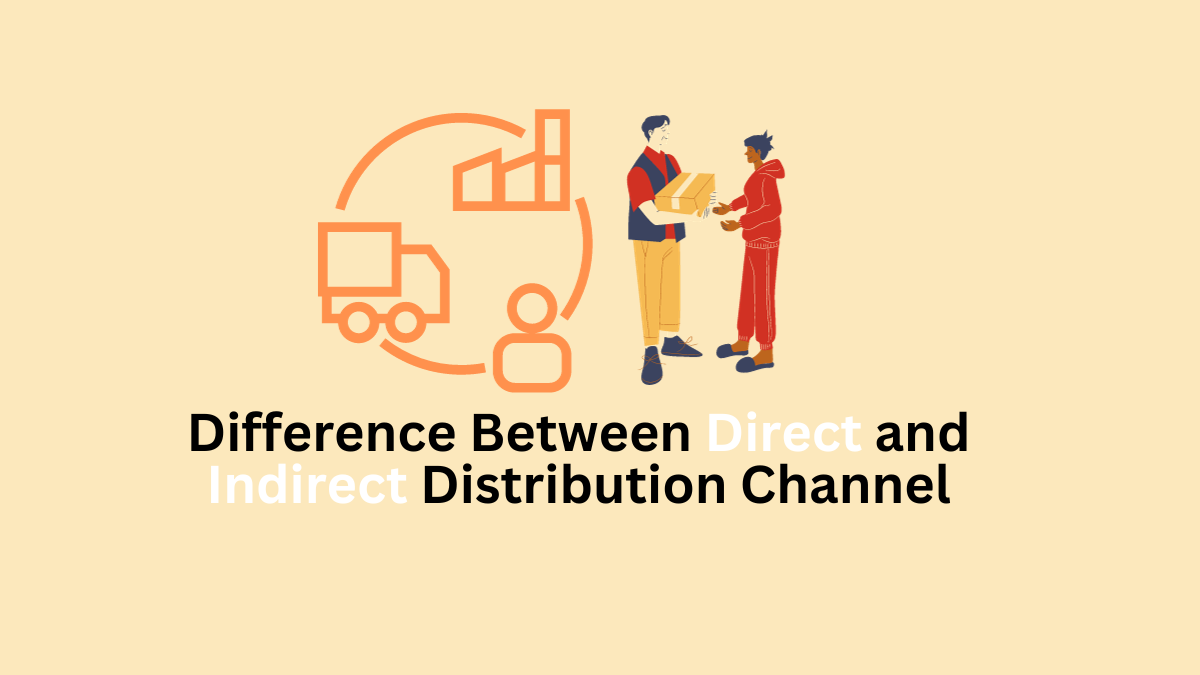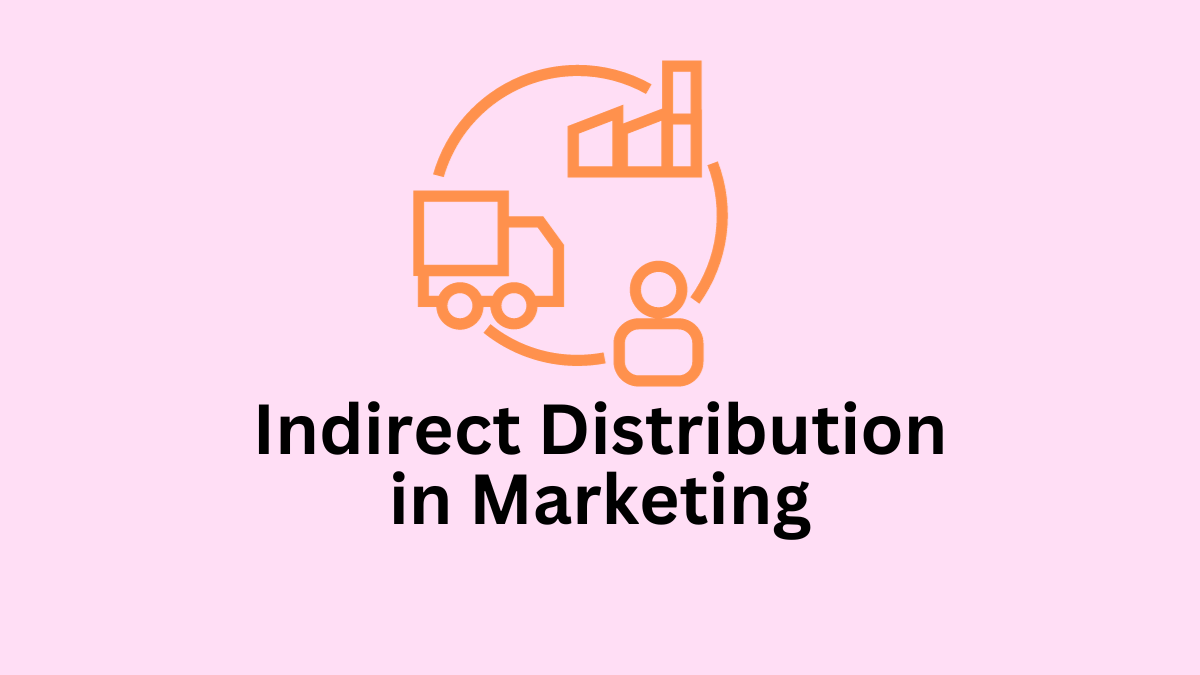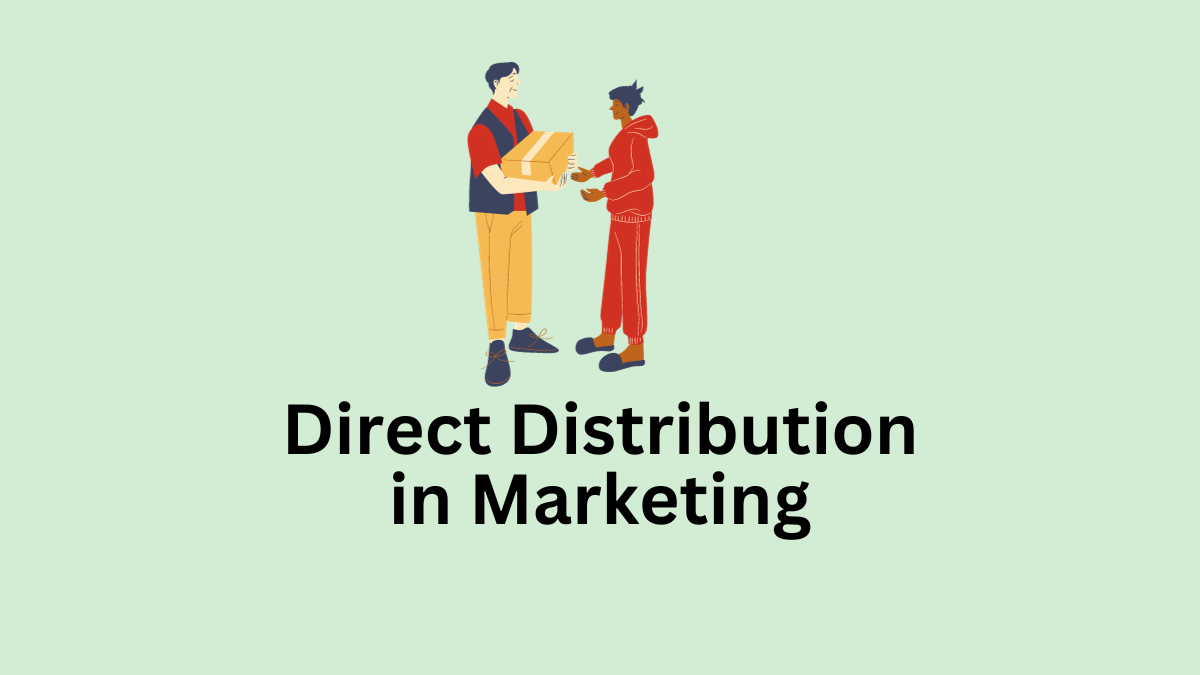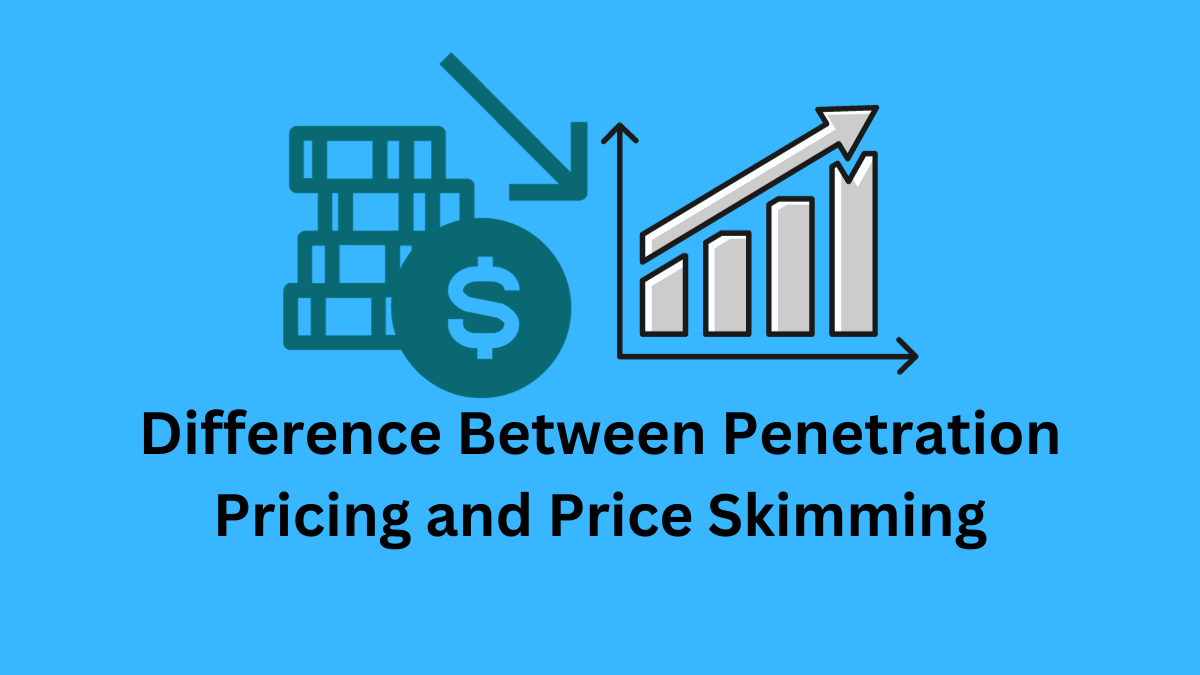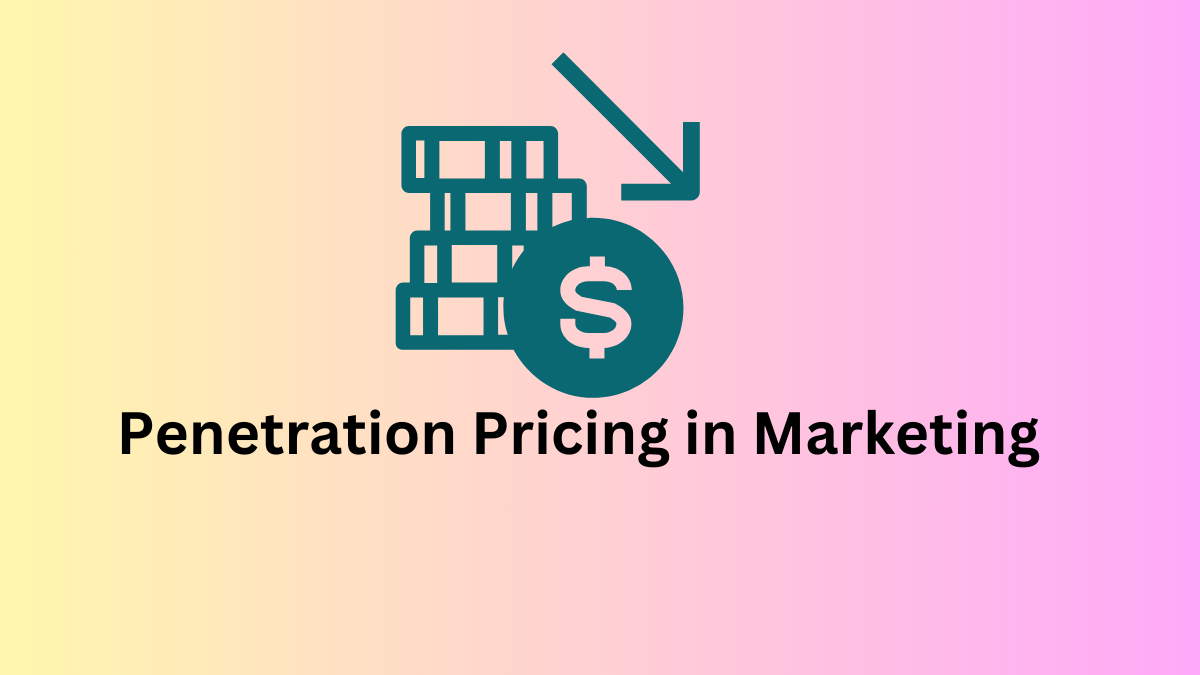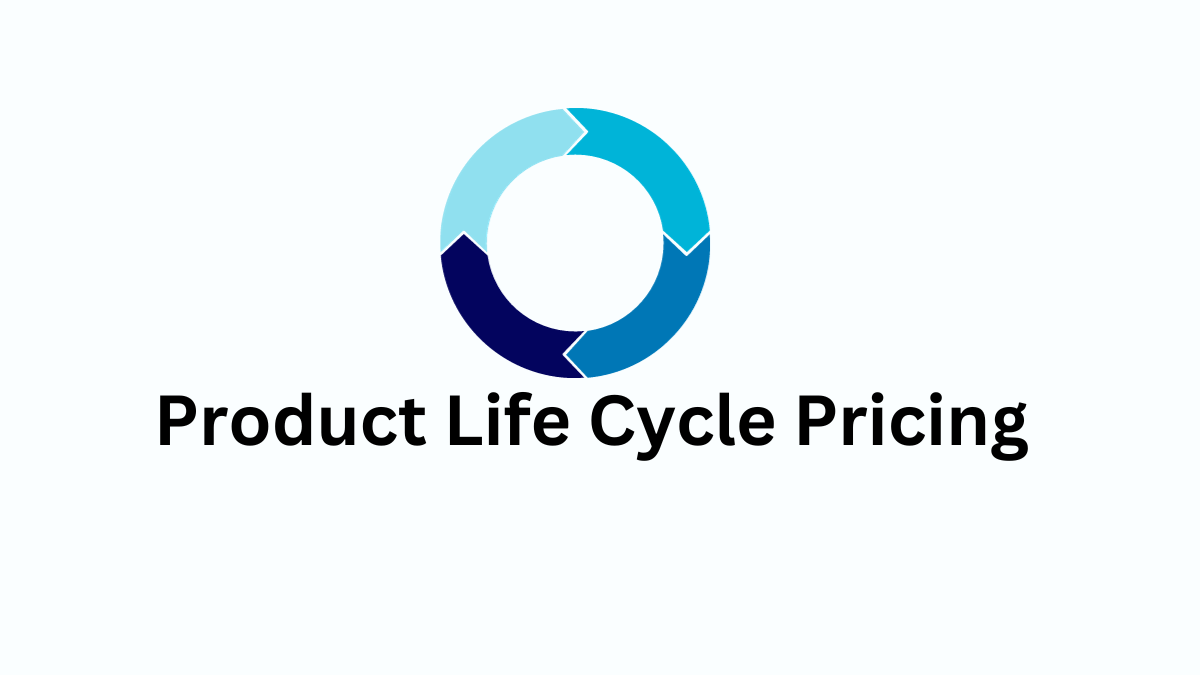Direct Vs. Indirect Distribution Channels: 10 Key Differences [Explained]
Direct Vs. Indirect Distribution Channel Direct and indirect distribution channels are the two distribution channels that are mostly used in the business. Direct distribution channel, where manufacturers directly sell their products to end consumers. On the other hand, an indirect distribution channel refers to the distribution strategy in which the product reaches final consumers through … Read more
